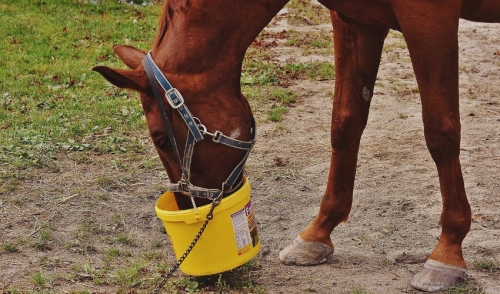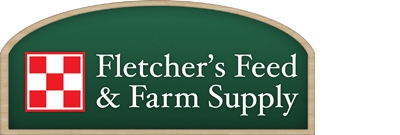
Beware of Quick Fixes When Fighting High Feed Costs
While feed costs may present 50 to 70 percent of your beef cattle production expenses, cost isn’t all you need to consider in these times of volatile feed prices. In an effort to reduce feed costs, a “quick fix” could negatively affect the performance and health of your herd. As you evaluate your options, you must focus on dietary and management considerations that will ensure healthy, high performing cattle, according to South Dakota State University Extension beef cattle experts.
Even though you can do little to change the price of corn and other feed ingredients, sound management, along with careful evaluation and implementation of alternative production practices, can lessen the impact of high-priced corn, according to experts. Grazing systems, management practices, and diets can all be adjusted to help minimize expenses. Experts caution, however, to not be too quick about changing cattle nutrition programs without careful calculation and evaluation to accurately estimate the impact any change might have in your particular production setting.
The key to selecting the most economical alternative, whether grain or a co-product feed is to evaluate each potential feed on a cost per unit of nutrient (crude protein or total digestible nutrients [TDN]) basis. Your Purina representative, dealer or beef consultant can be a valuable resource in that process.
Evaluate Production Practices
You also need to carefully evaluate your production practices. Ask yourself if they are economically viable when grain prices are high. These practices might include creep feeding, extending the grazing season, changing calving and or weaning time, and your cattle marketing options. For example, providing a high quality creep feed for your calves may allow you to wean earlier and sell heavier calves, offsetting the higher cost of feedstuffs.
Experts recommend you use a budgeting process that allows you to evaluate expected revenues and expenses from each management practice. Any added costs should be offset by equal or greater returns.
Feeding management becomes more critical when the cost of feed ingredients increase. Management factors such as reducing feed spoilage or shrink by improving storage facilities, or processing feed to improve utilization, can improve profitability.
Purina Mills, LLC has designed supplemental feed products to help you economically manage your beef cattle nutrition programs in all life stages, and during times of volatile grain prices. These products can improve animal performance while also enhancing forage utilization. They help you balance the nutritional needs of your cattle when forage quality and quantity continue to decline into late winter. Several range supplements, including Sup-R-Block®, Sup-R-Lix®, and Accuration® Cattle Limiter, contain Purina’s exclusive Intake Modifying Technology.
Intake Modifying Technology
Purina Mills IM Technology supplements are offered free-choice, not hand-fed. IM Technology products are consumed multiple times per day by cattle. They become “snack” eaters, providing a constant supply of nutrients throughout the day. This optimizes the rumen’s environment so you’re offering cattle predictable, consistent nutrition all the time.
Purina Mills’ feeding programs provide nutritional solutions for your cattle that are the culmination of more than 80 years of Purina tradition. Purina understands cattle have different nutritional needs throughout their production cycle, so the company has performed the in-depth research needed to develop programs that meet the animal’s needs during all life stages.
This tradition and research ensures top-quality products to work with your grass or hay in a complete diet. Contact your Purina Mills representative or dealer today. They can help you manage your cattle nutrition program and determine which products can best fit your production system and goals.
